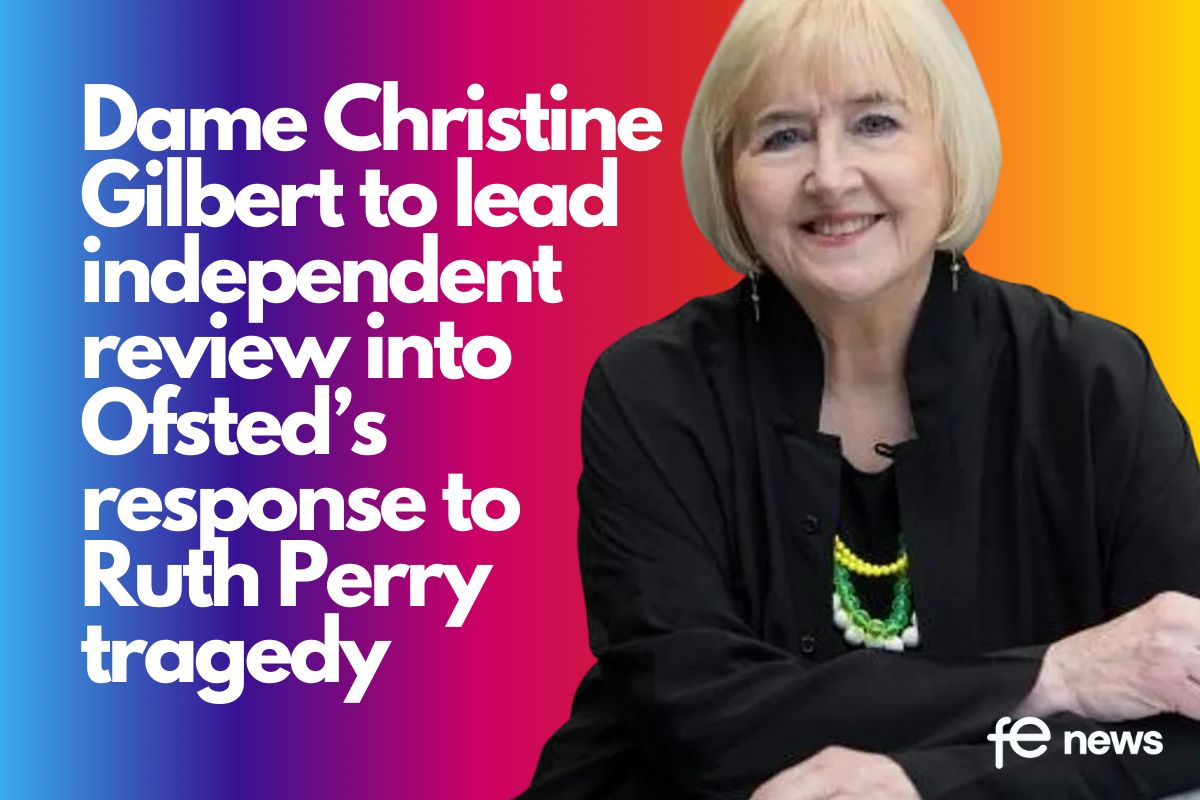The Language of Skills

John has been working as Head Chef in a restaurant for the last five years, but due to the closure of the premises during the current crisis, the owner has just announced he is going to have to close it, with all staff being laid off. John is devastated, as this is a job he loves doing, and all the more so when he realises there is currently no demand for chefs. As he sits down to write his CV, he starts to wonder what kind of job he might look for. One that utilises the skills he has acquired, of course, by what exactly are they? Cooking. Managing a team. Anything else?
What are the sorts of skills we are looking for in our new employees, and how can we articulate them?
The Abacus Group is a manufacturer of soaps and hand sanitisers in John’s area that have seen demand for their products go through the roof during the current crisis, and are looking to hire new employees to increase production. In particular, they are looking for a number of people to run teams dealing with procurement, which has become much harder to source due to adverse conditions in countries where normal suppliers are based. As their Human Resources team sits down to write a job description for Procurement Managers, the big question they have is this: What are the sorts of skills we are looking for in our new employees, and how can we articulate them?
Which skills should we be teaching to give people the best chance of getting back into employment?
Shire College are aware that there are large numbers of people in their area being made redundant, and they have a commitment to helping as many as possible to retrain and upskill, so that they might be able to get back into employment. One of the areas they know has been hardest hit is the restaurant and hospitality sector, and they are looking for ways to promote the college to those who were working in the industry but have lost their jobs. But as their curriculum teams work to add new skills modules to their courses, the question that keeps coming up is this: which skills should we be teaching to give people the best chance of getting back into employment?
Even though these case studies show three different stakeholders — people, employers and educators — grappling with three seemingly different problems — what job can I do? who should we hire? what should we teach? — the heart of their challenges is the same: skills.
People looking for new jobs and completing their CVs often find it hard to understand exactly which skills they have acquired, which not only means that they potentially undersell themselves to employers, but also limits their options to those jobs they think are most closely connected with what they have done before. Employers looking to hire people often have a vague idea of the type of person they are looking for, but find it hard to break this down into specific, component skills to articulate in a job description, therefore running the risk of hiring the wrong people. And education providers looking to train young people and upskill adults often find it hard to know which skills are in demand, and therefore which to include in the courses and modules they teach.
What we’ve just described is essentially the skills gap. People unable to properly identify their skillset; employers unable to properly articulate their skills requirements; education providers unable to properly understand skills demand. And the key to solving this problem lies in aligning these three groups together, so that people’s skills better overlap with the skills required by employers, which better overlap with the skills being taught by education providers, as the Venn diagram below illustrates:

But actually, we can refine this a bit. What you may have noticed in the case studies above, is that it is not so much a skills gap that exists, but rather a skills language gap. John’s problem is not that he has no skills – he has lots, but he doesn’t quite know how to define them. The Abacus Group’s problem is not that they don’t know roughly the sort of person they are looking for — they do, but what they struggle with is being able to define these actual skills in their job description. Shire College’s problem is not that they don’t teach skills — they do, but they don’t currently know how to define the skills that employers really need in their area.
Defining Skills
The key to solving the skills gap therefore lies in this: we must better define the skills that people have, better define the skills employers need and better define the skills education providers teach. Not only this, but we must do so in order that all three stakeholders can understand these definitions and articulate them, so that they can join together — so to speak — in that sweet spot shown in the Venn diagram where the person looking for work can better see which skills they have and where they might need to upskill; the employer can better express which skillset they need and where new employees might need upskilling; and the education provider can better understand the skills that are needed, so that they can include these in their courses to get people work-ready.
What we are talking about is essentially a Language of Skills, and this is something we at Emsi have been doing a lot of work on to address the problem. For example, we have developed an Open Skills Library, which identifies and catalogues the most prevalent skills terms being used in the labour market today, and which is updated on a fortnightly basis to capture new, emerging skills. To date, there are around 33,000 skills terms in the Library.
One of the many things this allows us to do is to start breaking down jobs into skills terms, which we can then use to map to other occupations. So for example, if John were to break down his job as a Head Chef into the skills terms in our Library, he might well be surprised to find that in addition to skills like cooking, grilling and food preparation, which of course he was aware he had, as someone in charge of a team in a restaurant he was also learning skills such as (menu) planning; purchasing; inventory management; team building; budgeting; quality management and training and development. He might also be surprised to learn that many of these skills are exactly the sorts of things that The Abacus Group are looking for in their search for a Procurement Manager. And where there are skills that he doesn’t have, but which Abacus are looking for, such as supply chain management and sourcing, this is where the local education provider can step in to fill the gap by helping John upskill.
Although we have set this issue within the context of the current crisis, the skills gap itself is not new and has been bubbling away for some time, even widening somewhat in recent years because of issues such as automation and Brexit. The current crisis has accelerated the issue even further, and although we still await data on the extent of the damage to businesses and jobs, it is likely that many of the worst hit in terms of job losses will be in the low to mid-level skills range, many of which were already being hit by other issues, but some of which may simply disappear as businesses suffer and working practices change.
The skills crisis that has been brewing for years, has suddenly been crunched into a very short space of time. And if the likes of John are to get back into employment, the likes of Abacus are going to get the right people they need, and the likes of Shire College are going to know what they need to train and upskill people in, we’re going to need a new Language of Skills.
Why not join us for our webinar on 3rd June, when we’ll be looking into the Language of Skills in much more detail.
Andy Durman, Managing Director of Labour Market Insight specialists, Emsi UK












Responses